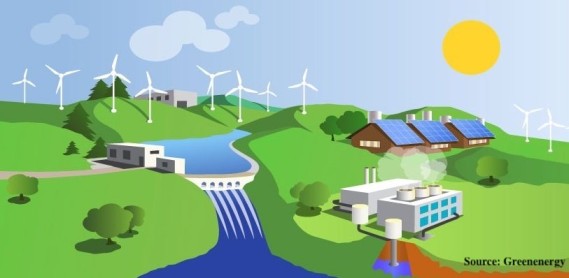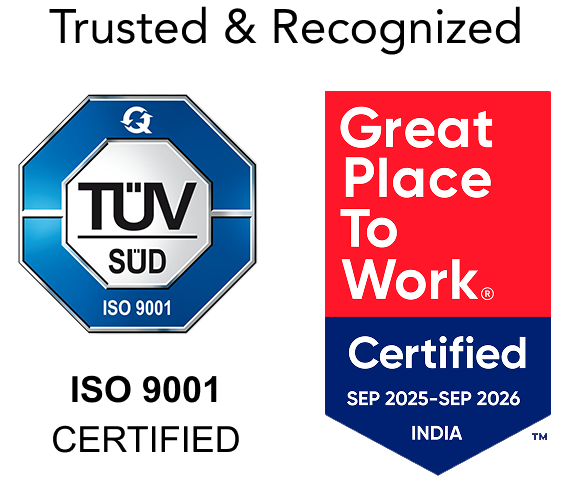When we think about investing in energy assets, the primary consideration is what is the customer willing to pay for generation of their power and what is the cost to generate it? Historically, it was not just about the cost of power, but also about creating an energy mix including one that was responsible for a cleaner environment. But now, it boils down to which energy source can reliably power our growing energy needs in a sustainable and affordable manner.
When considering renewable energy, we primarily consider solar photovoltaic (PV), concentrated solar power, onshore wind, offshore wind, biomass, hydropower and geothermal energy.
While the availability of the sources is often infinite (sunlight and wind), the cost is mainly attached to the equipment/plant setup.
As of 2019, according to the US Department of Energy and IRENA, below is the Levelized Cost of Energy (LCOE). The LCOE represents the total cost to build and operate a new power plant over its life divided to equal annual payments and amortised over expected annual electricity generation.

Your initial reaction may be that wind onshore and geothermal are relatively cheaper so we should focus on them more than solar PV or hydropower. Without looking at their viability and sustainability, let’s consider the practicality of these costs.
Geothermal energy primarily relates to the internal heat of the Earth. There are multiple types of geothermal power plants which draw hot water and steam from the ground to spin turbines, which then generate mechanical electricity. The primary challenge with geothermal energy is the that construction of a plant is roughly $2,500 per installed Kilowatt. In comparison with solar PV where the comparable cost is roughly $600 per installed, the upfront cost is often a large barrier to entry.
With onshore wind, the main issue is the inconsistency of generation and the inability of various grids to accept or evacuate the fluctuating power. Onshore wind used to be the most popular non-hydro renewable energy source for investors. However, over a period of time we’ve found that due to the ineffective transfer of electricity in a lot of electricity grids, the return on investment (ROI) is often inconsistent.
Hydro power is primarily based on dams and availability of river water. While dams have been an effective investment and the LCOE is quite low, the availability of this power has started to become seasonal. This is primarily due to climate change and over consumption of river water. If river or natural water availability is not a problem and there aren’t multiple dams on the same river source, hydro power continues to be the cheapest source of electricity.
This brings us to solar PV. Cost of solar panels have been reducing more than 10% YoY for the last decade. In fact, the cost of solar PV modules is now 99% cheaper over the last four decades. Solar PV has now reached a stage where in some instances of utility scale, it is cheaper to produce than fossil-based energy sources. Solar’s challenge is that it is sunlight dependent and hence only available during a mostly sunny day. If and when batteries become affordable, we imagine solar PV to become a more dependable source for power, very fast.
At this stage, this analysis is to help you understand why we focus on solar PV. Long term we remain open to opportunities depending on which renewable energy source provides the best case for scaling and IRR.








